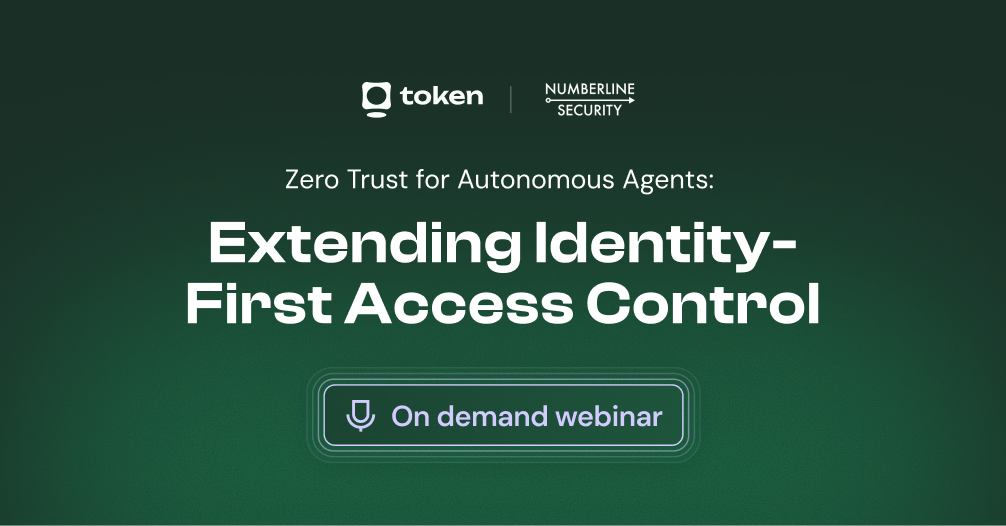Why Remediation is the Hardest Problem in NHI Security

In the modern enterprise, non-human identities (NHIs) now outnumber human users by an astonishing 45:1, a ratio destined to soon look small in the near future with the rise of Agentic AI. From service accounts and workloads to CI/CD pipelines, NHIs power our infrastructure and businesses. Yet while discovery and monitoring are improving, the greatest challenge in securing NHIs isn’t just understanding them: it’s fixing what’s wrong without breaking everything else.
This is the remediation dilemma. And it’s the hardest problem in Non-Human Identity Security.
The Hidden Fragility of Non-Human Identity Ecosystems
Unlike human identities, NHIs are deeply embedded into systems, workflows, and code. They keep your business running. But, their interconnectedness, coupled with infrastructure and system complexities, also makes them fragile. A single misstep in remediation, such as revoking a credential or changing a permission, can unintentionally take down production workloads, break deployments, or block data pipelines.
That fear of disruption paralyzes remediation efforts. Even when risk is clear, teams hesitate to act. Security teams are left with a pile of issues they can’t confidently fix, while attackers find opportunity in inaction.
Why Traditional Tools Fall Short
Legacy IAM, PAM, and IGA tools were built for humans, not for fleets of dynamic, distributed, and ephemeral machine identities. These platforms lack the contextual awareness necessary to understand the operational impact of remediating an NHI:
- They can’t trace who or what provisioned it
- They miss how it’s used and who or what depends on it
- They don’t know what an identity is doing right now
- They can’t predict what will break if it’s disabled
Without this context, remediation is either guesswork or an excruciating manual process that still results in holding your breath while hoping nothing breaks.
From Insight to Impact: Why Token Security Solves the Remediation Challenge
At Token Security, we’ve built our platform from the ground up with one goal: make remediation not just possible, but trusted. We do this by thinking about NHI Security as a big data problem.
The Deepest Insights: Understanding the Identity Graph
The Token Security platform doesn’t just collect raw data. Our NHI Risk Engine™ builds a contextual, AI-powered NHI Risk Graph™ by analyzing signals from configurations, logs, and metadata collected with integrations with CSP, IAMs, IdPs, vaults, and more. This enables us to answer critical remediation questions about each NHI:
- Who or what provisioned it?
- Who is responsible for it?
- Who is consuming it?
- What permissions does it have?
- Where are the associated secrets?
- How is it used in code?
- What is it doing right now in runtime?
These are the insights that turn noise into clarity and confusion into action.
Trusted Remediation: Fix Without Fear
Once you understand the full context of an identity, you can remediate with confidence. Whether you’re rotating a key, revoking access, or offboarding an orphaned service account, our platform ensures you understand the downstream impact before you take action. We also use AI to generate machine-readable remediation instructions automatically, allowing for:
- Safe and targeted permission changes
- Automated credential rotation
- AI-powered policy enforcement
- Proactive hygiene enforcement at scale
Because we connect all the dots, from human accountability to runtime behavior, Token Security gives teams the confidence to fix what’s broken without breaking what works.
In a world increasingly driven by AI agents and autonomous systems, the explosion of NHIs is inevitable. But with it comes rising complexity, growing risk, and an urgent need for action. Discovery is important. Detection is necessary. But remediation is where risk is actually reduced. And unless you can remediate safely, quickly, and with confidence, your security program will always be one step behind.
.gif)






